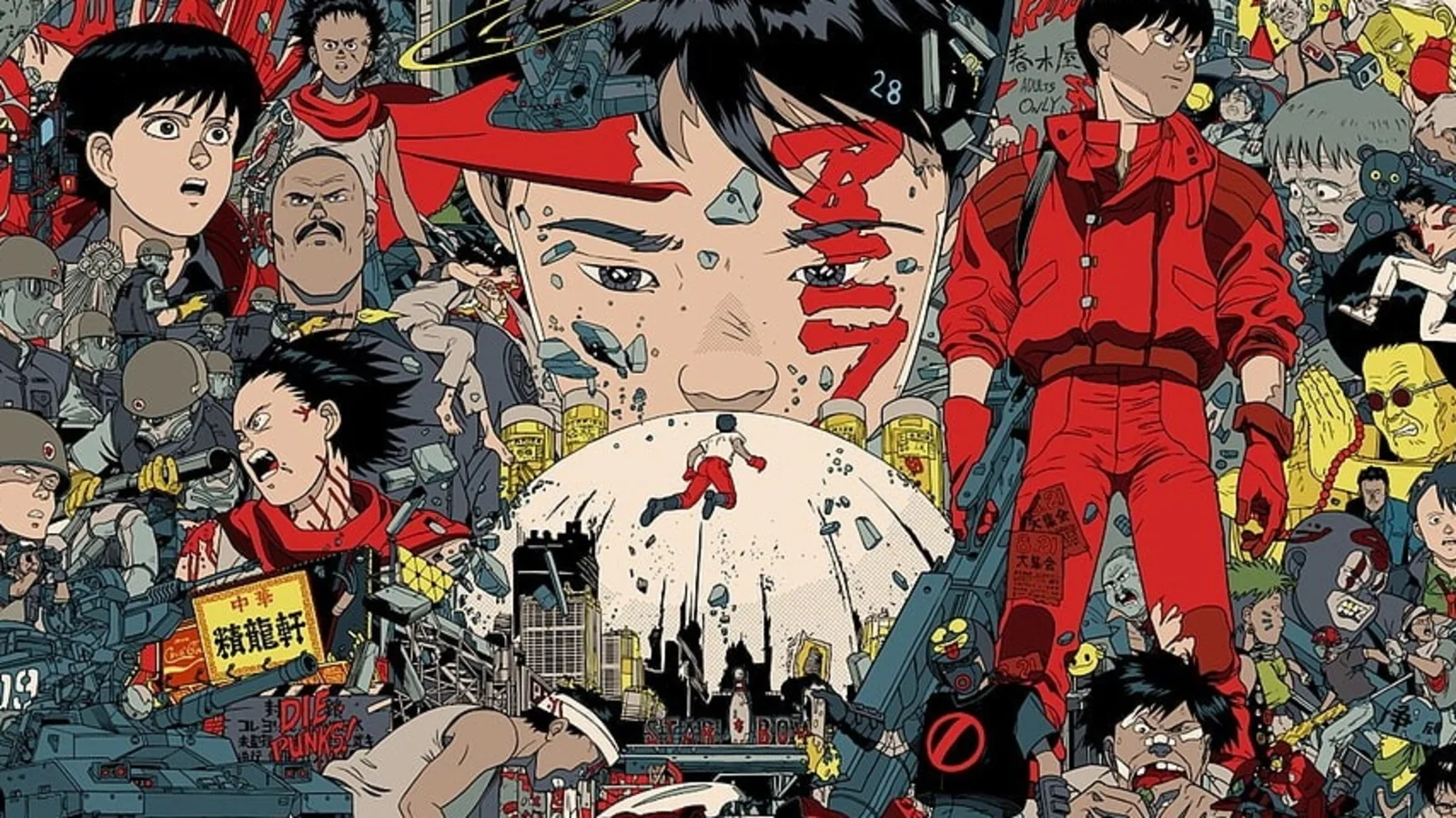The Artistic Style of Akira: A Game Changer
- By -Maria Mash
- Posted on
- Posted in Animation
“Akira,” released in 1988 and directed by Katsuhiro Otomo, stands as a landmark in anime history. Its unique artistic style, characterized by highly detailed hand-drawn animation, vibrant colors, and a dynamic use of light and shadow, redefined what was possible in animated film. Set in a dystopian Neo-Tokyo, “Akira” broke away from the simplistic styles of earlier animations and embraced a new level of visual complexity.

Detailed World-Building and Urban Realism
The film is renowned for its meticulous world-building. Every frame is packed with details that bring the chaotic, neon-lit streets of Neo-Tokyo to life. The city itself becomes a character, reflecting both the social decay and the technological advancements of its setting. The backgrounds are richly detailed, depicting urban landscapes with a sense of realism and depth that few animated films had achieved at the time.
Dynamic Use of Light and Color
“Akira” uses light and color to enhance its narrative and emotional tone. The film’s color palette shifts dramatically to mirror the changing moods of the story, from the bright neon colors of bustling city life to the darker, more muted tones during moments of chaos and destruction. This dynamic use of color adds depth to the storytelling, making it more immersive and visually impactful.
Fluid and Groundbreaking Animation Techniques
The animation in “Akira” is notable for its fluidity and dynamism, achieved through an unprecedented number of animation cels. Unlike most anime of its time, “Akira” was animated on ones, meaning 24 frames per second, which contributed to its fluid and lifelike motion. The attention to detail in character movements, explosions, and facial expressions helped set a new standard for animated films. The film’s famous motorcycle chase scenes, in particular, highlight the meticulous care that went into every aspect of the animation.
Impact on Global Animation and Filmmaking
“Akira” was one of the first anime films to gain widespread international acclaim, influencing filmmakers and animators around the world. It demonstrated that animated films could be both visually stunning and narratively complex, paving the way for future works to explore deeper themes and more mature content. Its impact can be seen in a wide range of films, from Western animated series to live-action sci-fi movies.
Blending Traditional and Cyberpunk Elements
The artistic style of “Akira” uniquely blends traditional Japanese art elements with cyberpunk aesthetics. The fusion of these styles creates a visually striking contrast between the organic and the mechanical, the old and the new. This blend not only reinforces the themes of technological advancement and societal collapse but also adds a unique flavor to the film’s visual identity.
Legacy and Continued Influence
Decades after its release, “Akira” remains a benchmark in animation and visual storytelling. Its influence extends beyond anime, inspiring creators in various genres and mediums. The film’s groundbreaking approach to animation and its commitment to artistic detail continue to inspire new generations of artists and filmmakers.
Conclusion
“Akira” is more than just a movie; it is a cultural and artistic milestone. Its innovative style, meticulous detail, and groundbreaking animation techniques have left a lasting impact on the world of animation, solidifying its status as a game changer in the industry.


